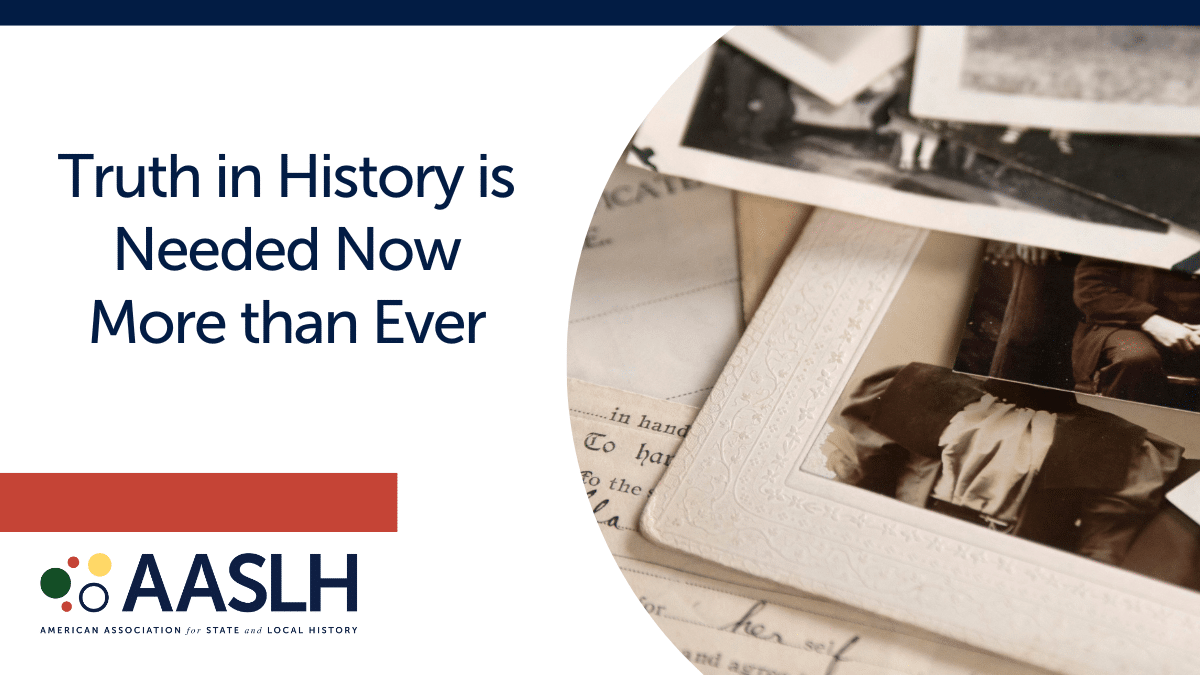 By Rachel Wilson, Clemson University, Clemson, SC
By Rachel Wilson, Clemson University, Clemson, SC
As a Historic Preservation graduate student at Clemson University, I am conducting a survey for my graduate thesis on natural disaster preparedness in house museums. I am looking to understand how prepared house museums across the United States are and what they are preparing for. I am collecting responses from house museums and historic sites in California, Florida, Missouri, Oklahoma, South Carolina, and Texas.
If this sounds like your house museum, I would appreciate your participation in the survey. It will consist of eighteen questions and should take no longer than fifteen minutes to complete. It is designed to be completed by someone familiar with the natural disaster planning actions at your museums—this could be the Director, the Facilities Manager, the Head Curator, or someone else. If you do not hold this position but know someone who does, it would be a great help to pass along this link to anyone you know that could fill it out. The data collected will contain identifiable information like the name of your institution and the location of the museum (state), but all data published will be used in aggregate with no identifying information attached to it. I hope the resulting data will provide a consensus about the preparedness of house museums in the face of ever-increasing natural disasters and severe weather.
We know that natural disasters, both predictable and unpredictable, can be devastating for cultural institutions. The 1966 Arno Flood destroyed millions of volumes and artifacts at Florence’s National Library. These volumes had been stored in the basement which was inundated. Brazil’s National Museum and Notre Dame burned while thousands watched. Disasters like these are bound to happen: it’s a matter of “when,” not “if.” Large, well-funded museums like the Getty and the MOMA are likely to have comprehensive disaster planning, but does your house museum? What does it cover? The information you can provide will be invaluable in understanding the state of preparedness planning in house museums.
Institutions such as house museums hold our cultural heritage. They contain and are expressions of our culture’s values and beliefs. They connect us to our past. Predictable and unpredictable threats to the fabric of house museums happen across the United States, from flooding in the Midwest and South to seismic activity and fires in California, and hurricanes across the Southeast. In many cases, the difference between catastrophic damage and manageable damage can be the preparation steps staff take in advance.
I feel that the data that will be gathered by my survey is especially topical given that in the past ten years a call to action about climate change has been issued by environmentalists, policymakers, politicians, and academics. Data from National Aeronautics and Space Administration and National Oceanic and Atmospheric Administration have correlated the rise in atmospheric temperature with an increase in extreme weather events like flooding, heavy rainfall, and hurricanes. The increase in extreme weather events makes it imperative for every house museum to take stock of their disaster plans. It is my hope that this thesis can be used by museum professionals and students to call attention to the need for thorough disaster planning. The house museum is a typology all its own; where the historic fabric is integral to the visitor’s experience. Everything that can be done should be done to protect it for future enjoyment.
This survey has been designed by myself and overseen by the Principal Investigator, Amalia Leifeste, Associate Professor of Historic Preservation at Clemson University. Any questions or concerns about the survey can be addressed to me at [email protected].
Click here to complete the survey: https://clemson.ca1.qualtrics.com/jfe/form/SV_9HPj5UKRq26wuC9



